Integrated Catchment Management
Working with communities and authorities to get the best out of catchment scale planning and operational delivery.
A comprehensive range of Integrated catchment management services
Service and product examples:
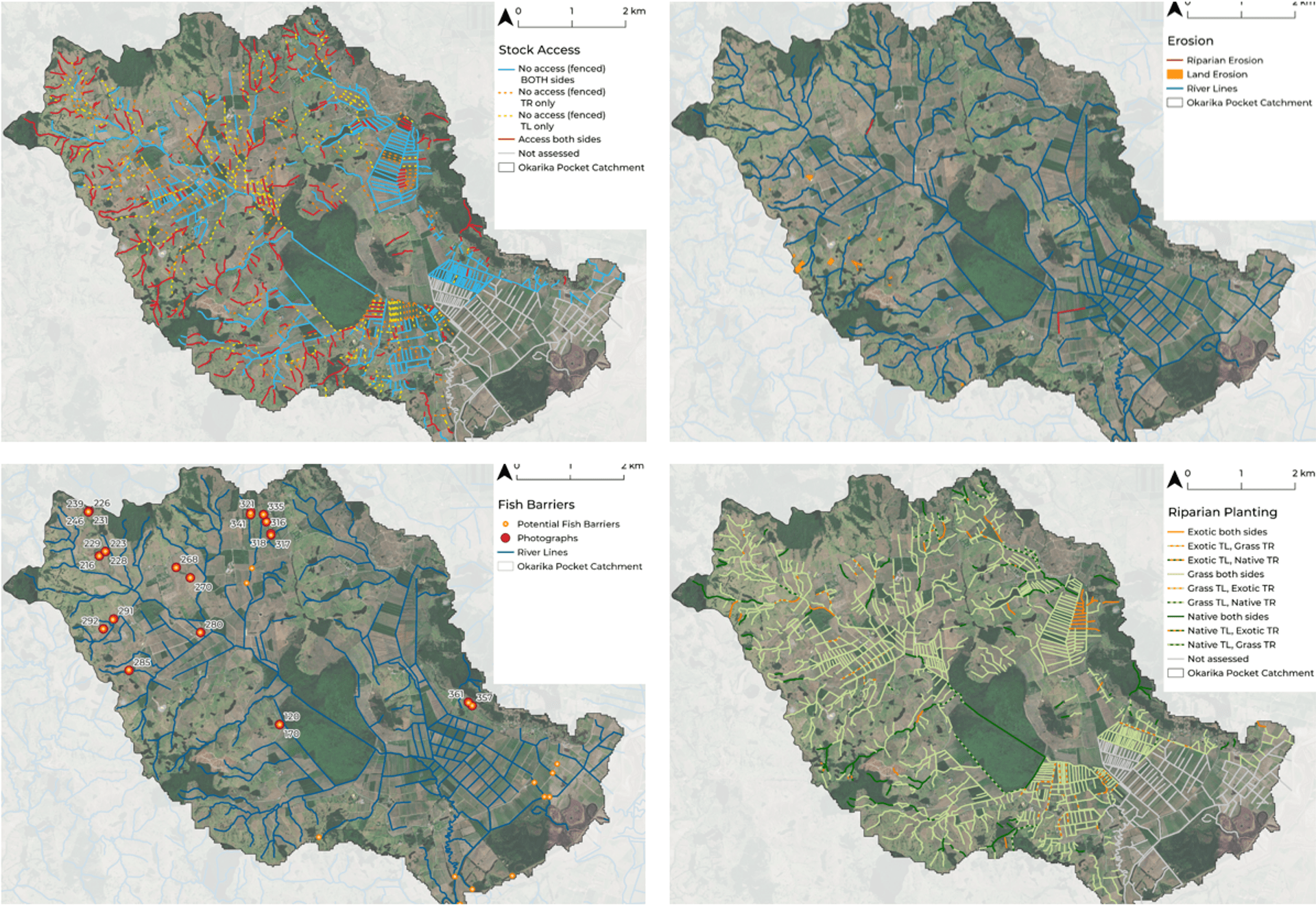
Landscape baselining
This approach uses mobile GIS platforms and drones to map and analyze absolutely anything in the landscape. Typical applications include mapping condition of waterways, erosion and biodiversity. It enables analysis to understand the physical state of a catchment and is an amazing baselining and monitoring tool that enables a user to understand the landscape and prioritize actions. For example, this method can enable understanding of the work left to do in a catchment, like waterway fencing. It can help managers cost out restoration or mitigation actions, and effort required to meet objectives through detailed understanding of an areas state. While we now use very modern techniques, this digital mapping approach has been used by Matt since 2010, written up in a regional council paper called "catchment condition survey".
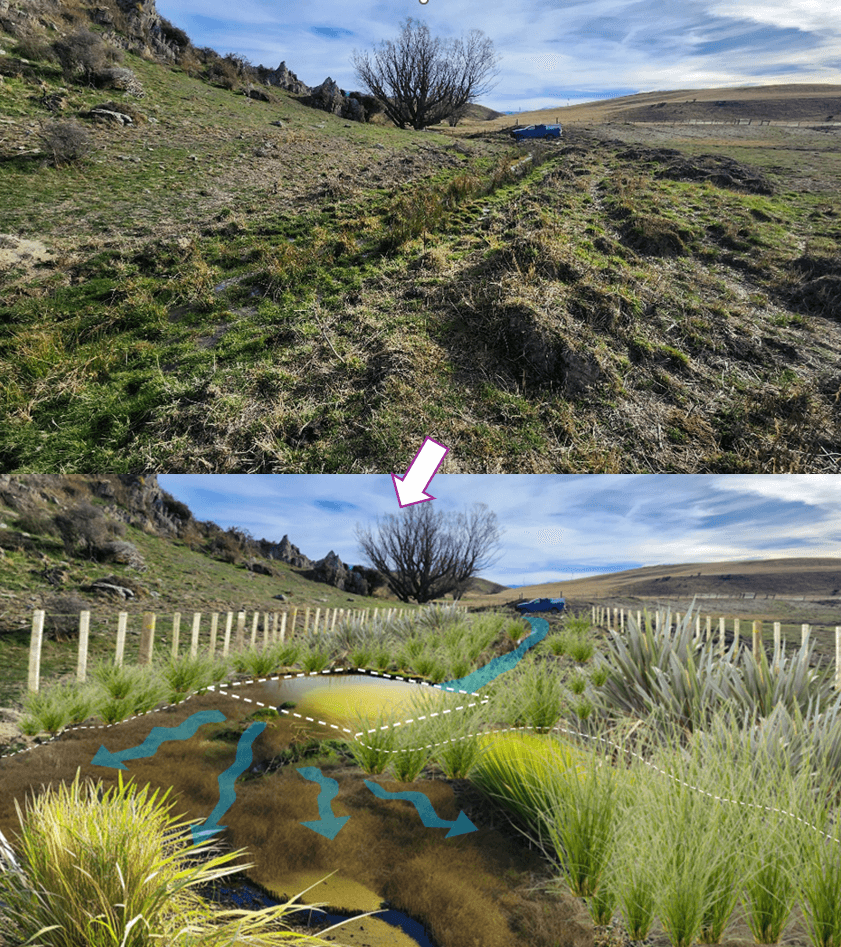
Bunds, wetlands and sediment traps
These edge of field solutions have become a main stream part of environmental management. We can help map areas that are most suitable for bunds, wetland, dams, and sediment traps using LiDAR tools and GIS. We can also support the design and construction of these useful mitigations.
While we are big advocates of edge of field mitigations as part of a solution package, too often highly expensive and sometimes ineffective edge of field mitigations get built. We think it is crucial to understand what the right tool for the job is and create effective and fit for purpose approaches that meet catchment outcomes.
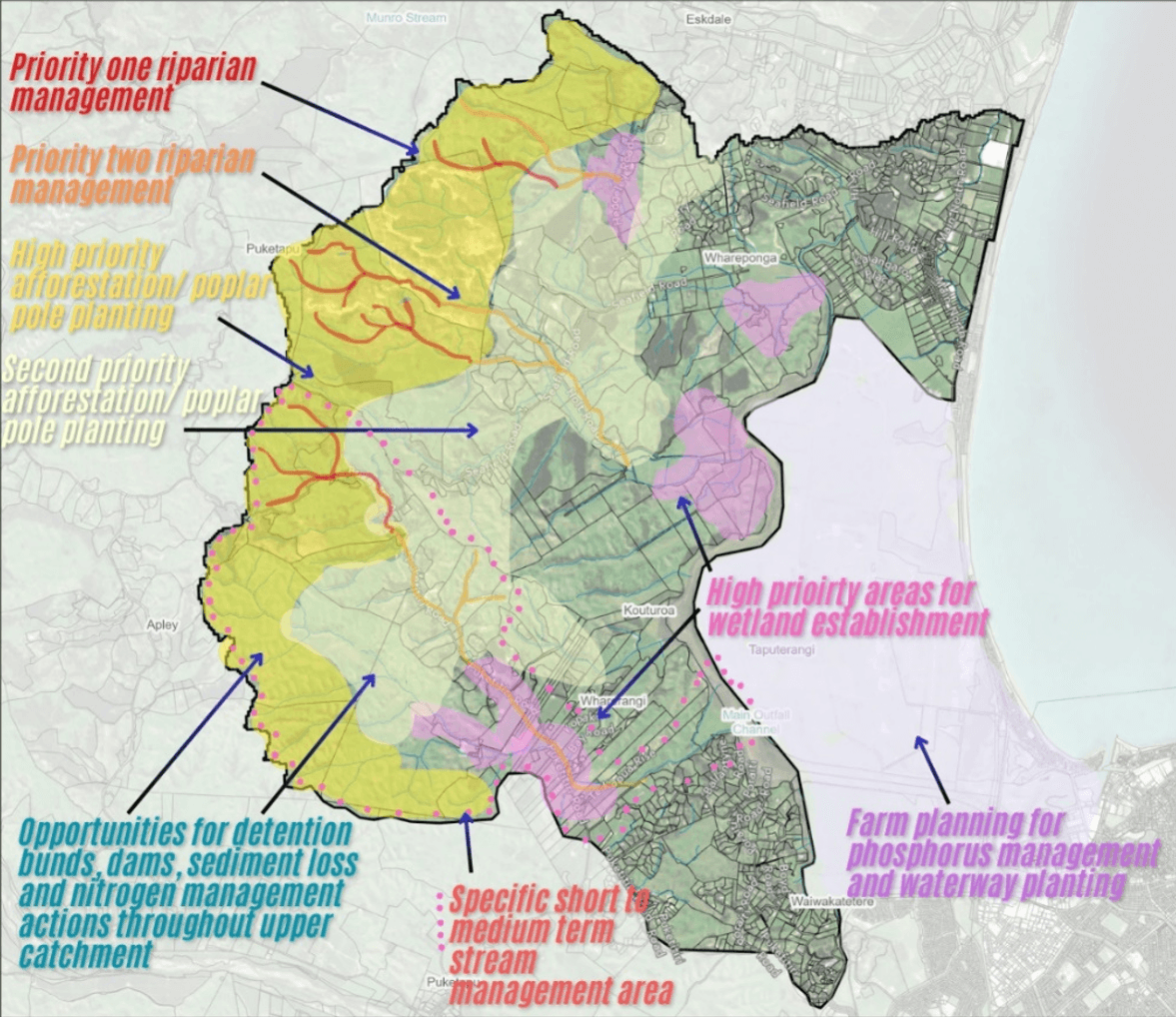
Innovative catchment prioritisation
The prioritisation of what we do in a catchment is really the making or breaking of a action at catchment scale. There are so many options that we could do, but focusing on the 10% of actions that shift the dial by 80% is the key to success.
Our prioritisation approach incorporates community input, provides an evidence-based understanding of the catchment’s biophysical and geophysical characteristics, maps spatial variations, and identifies the most effective actions within catchment constraints to drive meaningful change.
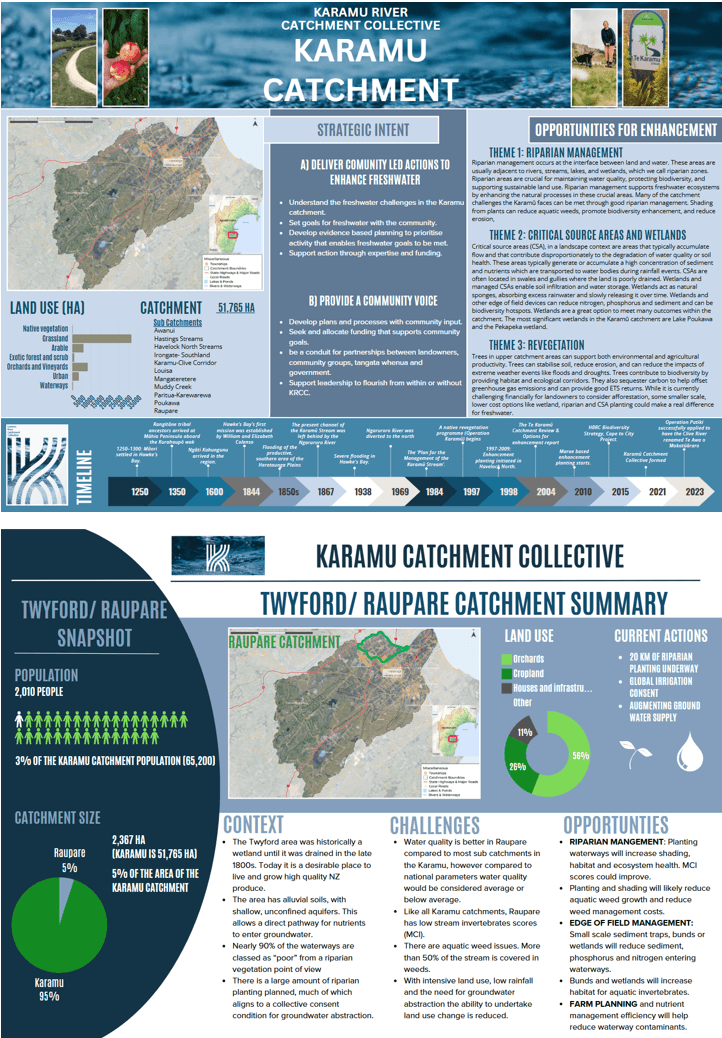
Integrated catchment planning
Integrated catchment planning supports weather resilience, economic viability, environmental improvements, regulatory certainty and community cohesion.
We support catchment groups, catchment coordinators to develop effective and evidence based catchment plans. We offer a full range of analysis, action planning and communication. The process that we have developed includes:
Objective setting (with the community)
Understanding state, risks and opportunities
Plan how to make the biggest difference and meet objectives
List, cost and plan the actions needed
Support implementation and monitoring
Develop easy to understand communication material.
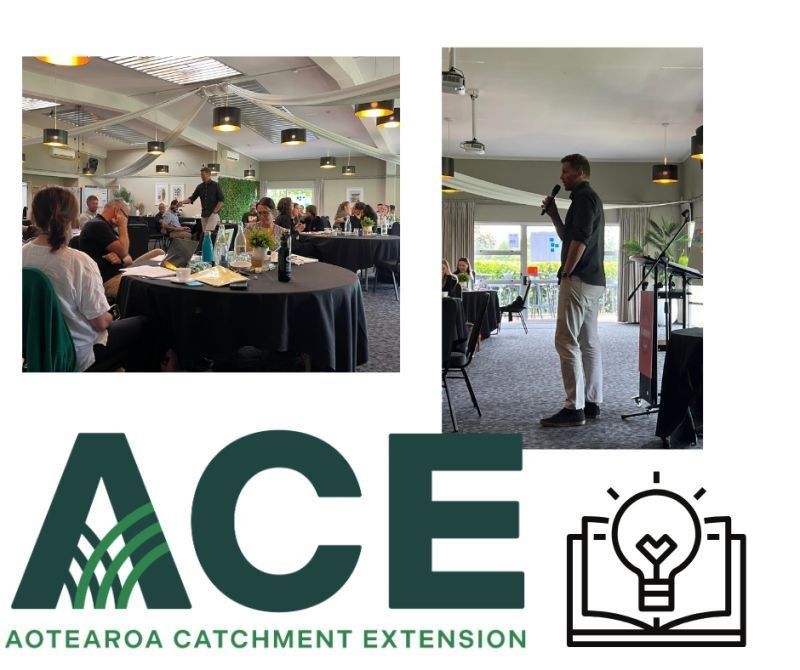
Catchment training & facilitation
Through our partners at the New Zealand Association of Resource Management nzarm.org.nz and New Zealand Landcare Trust, we provide standard or bespoke training. We offer training to:
Catchment groups
Catchment coordinators
Integrated catchment management professionals
Senior Integrated catchment management professionals
Policy makers and funders
Information coming through from regional councils and other catchment management professionals is that one of the best things we can do in land, biodiversity and water is to improve the capability and connectedness of the ICM community. We offer bespoke training, mentoring and facilitation to groups and individuals as needed.
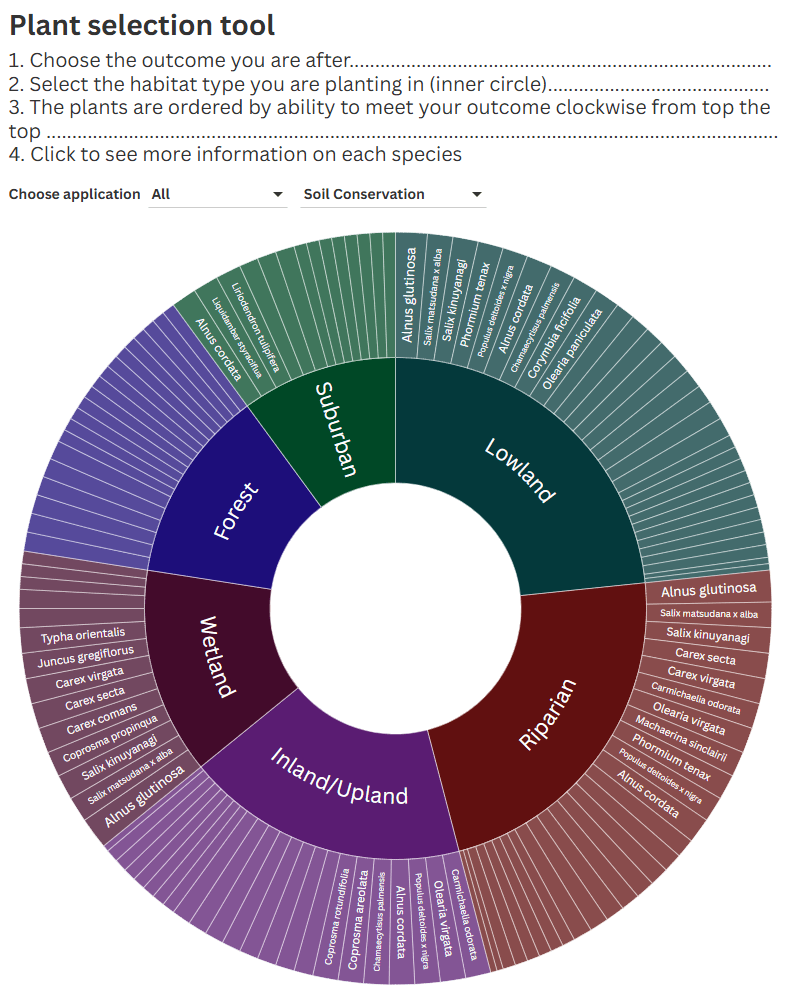
Digital tools for catchment groups
Creating decision support tools and ways to communicate information clearly and effectively is one of the most rewarding things that we do. We can create a range of tools for organisations and catchment groups. We focus on simplifying the complex, and these tools can range from factsheets through to integrated GIS models. Some examples include:
Planting decision support tools
Environment planning
Catchment models to support action
Catchment condition map creation for community use
Websites for community groups
Interactive catchment maps